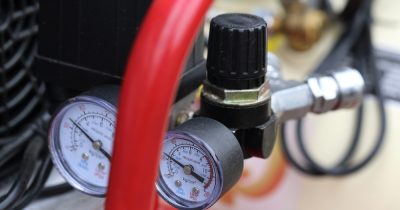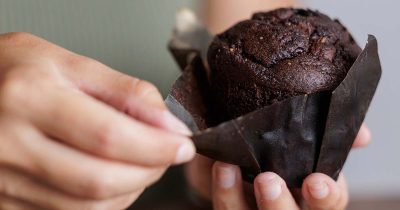
Have you ever noticed that some of our body parts don’t have any direct function in our lives? Take the tailbone, for example. The only thing it’s good for is being a pain in the butt when you happen to fall and land on it. Like wisdom teeth, the tailbone is one of our so-called vestigial structures. Vestigiality, according to Wikipedia, refers to “genetically determined structures or attributes that have apparently lost most or all of their ancestral function in a given species, but have been retained during the process of evolution.” So our ancestors needed these body parts, but not us. And now, long after the need for these leftover body parts has gone, they’re still here for. Let’s take a look at some more of these remnants and get a glimpse of what our ancestors needed to survive.
The clip below goes through several examples, including this one, which you can easily try for yourself. Place your arm on a flat surface. Then, press your thumb and pinky together and tip your hand slightly up. Do you see a raised band in your forearm? If so, you have a vestigial muscle in your arm.

10-15 percent of all people lack this muscle in one or both forearms. But don’t worry—the muscle makes no difference in grip strength. Several animal species—mainly those who use their arms or front legs to climb—still use this muscle.
Watch this video to see more examples of what we carry with us from our ancestors.
Fascinated by these evolutionary leftovers? Please share!




